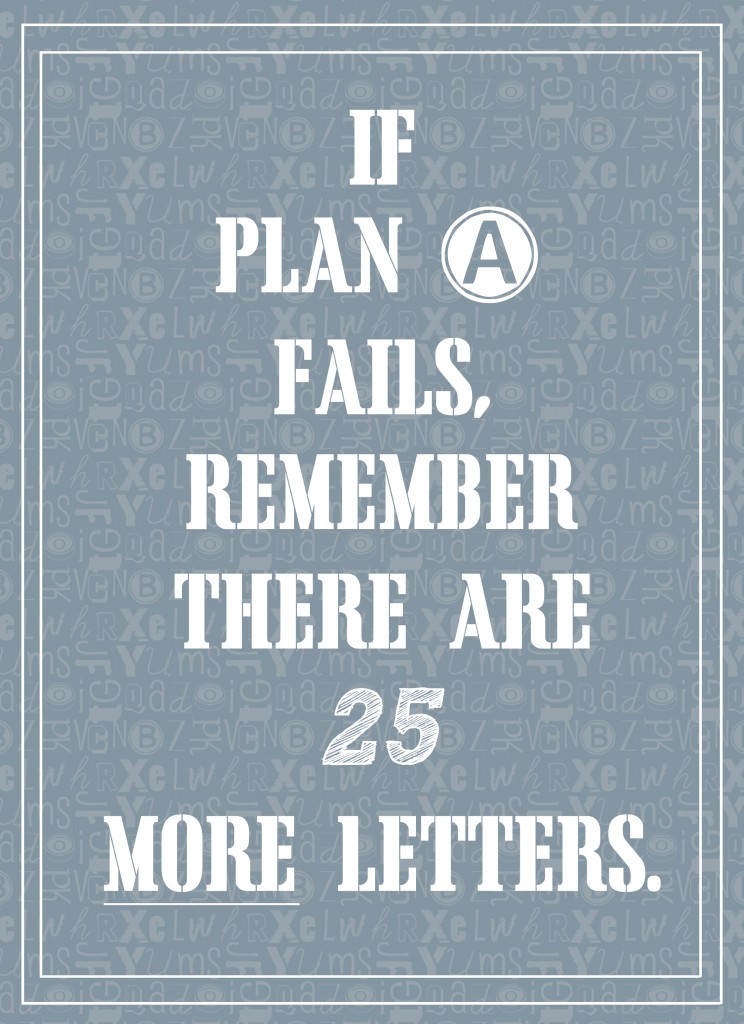These are long meetings -- about 75 minutes per grade level -- however, the time is well spent when the focus is on student achievement. I love that so many people are invested in the success of our students and are committed to this collaboration.

Source: www.venspired.com
This time around, we were also encouraged to think about those students who are in that 'gray area.' These are the students that are proficient enough in class that they are getting by -- not your high fliers or your red-flagged kids. We all have them in our classes. They don't usually get consistently high grades, may be appear to be unmotivated, sometimes can be behavior challenges, and usually will not ask for help when they need it.
In the younger grades, they were probably your higher students. The students who "got it" quickly, allowing you time to work with those that didn't. However, as they moved up in the grade levels and the material got harder and harder and the work became more about reading to learn and not learning to read, the gaps in their learning start to surface and they begin to slip. This usually happens around 4th grade.
So today we took a hard look at those students as well as our red-flagged kiddos. What can we do to help fill in those holes that they have in their learning to help push them higher? If we don't catch them now, they may slide with every passing year.
We scheduled some classroom interventions that may give them the push they need. But I am still unsettled a bit...
We want to think outside the box, come up with something that will reach these kids. Will it be an intervention? Maybe. A different instructional approach? Possibly. More one-on-one conferencing? Perhaps.
Source: http://epherielldesigns.com/20-pretty-free-printables
How about you? How do you reach your gray area kids? How has collaboration helped you? I'd love to hear your thoughts.



This is so true. Sometimes, we focus so much on the kids that are struggling or how to challenge our high achievers that we don't spend enough time with the "gray area" kids (unintentionally, of course). I love that that topic for discussion. It's something I'd like to bring up when we have a similar meeting next week.
ReplyDeleteI love your quote!
Mary
Fit to be Fourth
This is great, I think smaller class sizes help you reach the gray area kids, my largest class is 14 kids, and that is the perfect size, I get to spend time with each kid and really get to know their learning style.
ReplyDeleteI agree that the grey-area kids are always ignored. We started a new novel study this week, and I tried something different for their literature groups. I put my high kids in homogenous groups because they can challenge each other. I have one group for our lowest SPED kiddos who NEED an adult to sit with them at all times, and then the rest of the low and medium kids are scattered together. I'm HOPING some of our grey-area kids will rise to the occasion without the high kids to to depend on. We shall see!
ReplyDelete